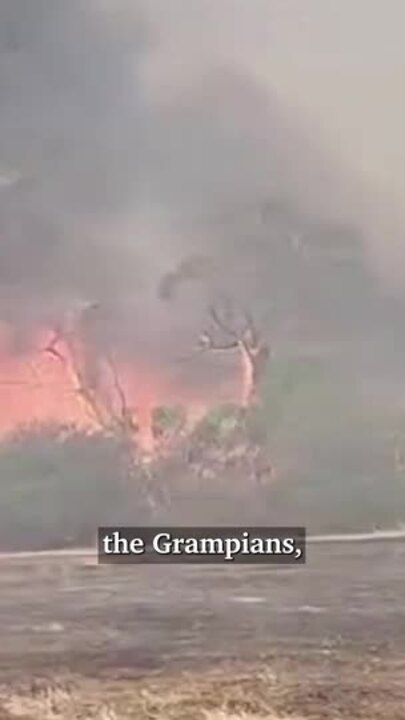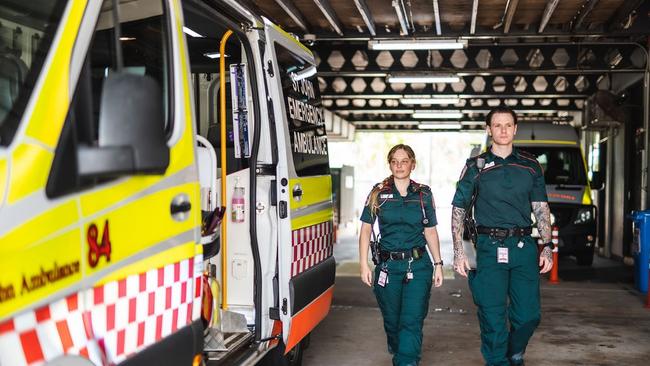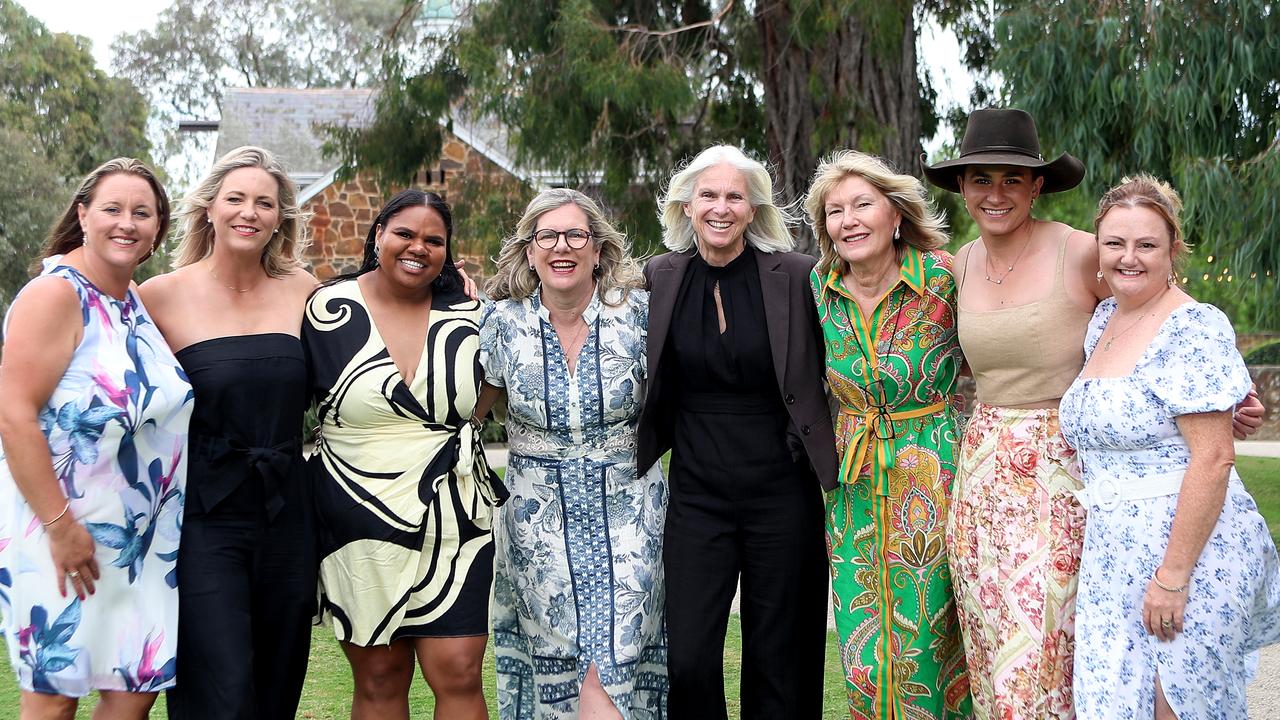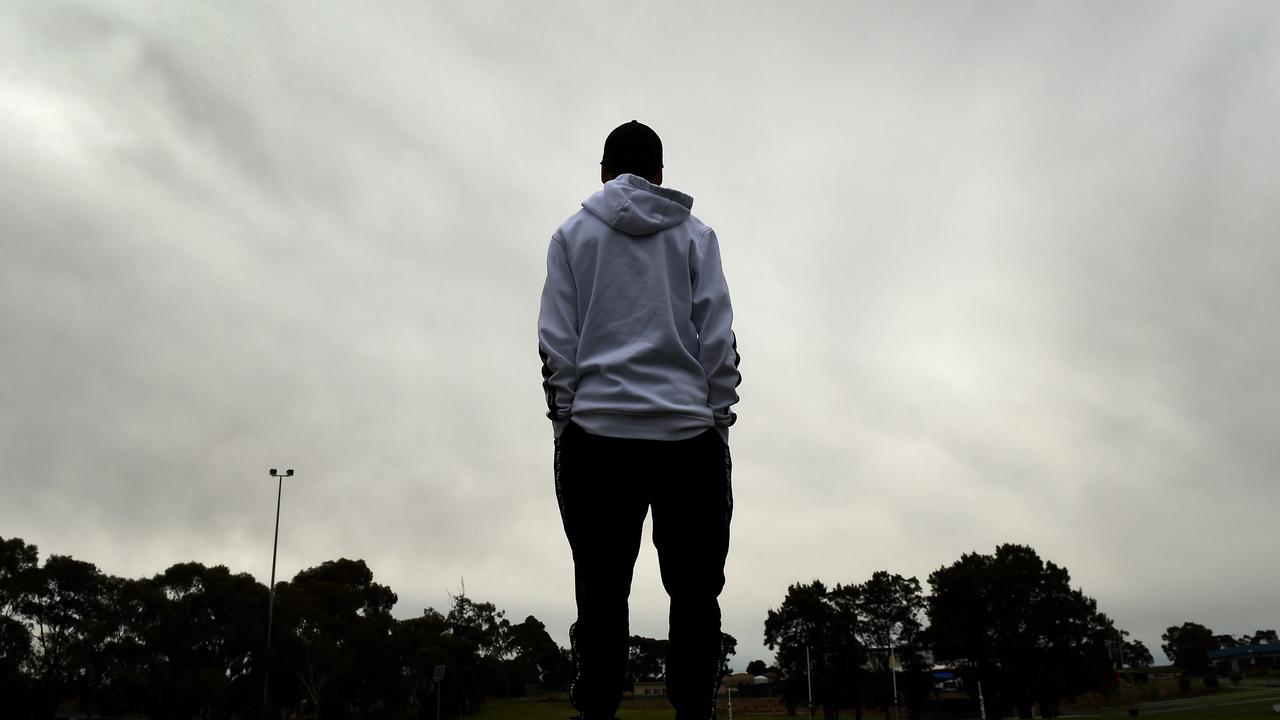How reliant is regional Victoria on volunteer emergency services?
Volunteer organisations in rural areas are struggling to retain members to provide critical services to communities, including emergency response and healthcare.

Victoria
Don't miss out on the headlines from Victoria. Followed categories will be added to My News.
Volunteer organisations in rural areas are struggling to retain members to provide critical services to communities, including emergency response and healthcare.
It’s prompted volunteer leaders to call for ongoing financial support for volunteer infrastructure in the lead-up to the federal election.
Volunteering Victoria chief executive Geoff Sharp said formal volunteering groups were struggling.
“Regional and metro centres are not doing it as hard has rural centres,” Mr Sharp said.
“Across the board, everyone is struggling for formal volunteers, for people willing to commit to do something, to do training … that stuff is hard work right now.”
As of June 2024 more than 950 Ambulance Victoria ambulance community officers were active across rural Victoria.
In 2024, there were more than 1630 St Johns Ambulance volunteers statewide, including 491 youth members, while latest government details show CFA operational volunteer numbers are sitting at 28,906, down on the 36,823 in 2014.
According to Volunteering Victoria, in 2019 volunteers from organisations such as Ambulance Victoria, Country Fire Authority, Country Women’s Association, St John Ambulance, Wildlife Victoria, and the Salvation Army contributed more than $58bn in value to the state of Victoria, or a net return of about $3.70 on every dollar invested in volunteer efforts.
According to The 3Vs: Volunteers, Volunteering, and Volunteerism report from 2017, about 100,000 people volunteer across Victoria’s emergency management sector.

Mr Sharp said ongoing investment from all levels of government was paramount in supporting training and resourcing for volunteers, particularly in the regions.
“In many regional communities, if the volunteers aren’t doing the work, it’s not getting done. They are the community infrastructure.”
While the state government has supported Volunteering Victoria with funding for a recent member survey, along with a change to the fire service levy which would see volunteers exempt, Mr Sharp said ongoing funding was critical to retention of skilled volunteers.
In Mildura, community paramedic lead Travis Coombes said the local community clinic, based out of the non-profit from Sunraysia Community Health Service, helped provide accessible preventive health care.
“A lot of rural Victoria has such a GP shortage, and a lack of bulk billing services. We’re really high on the social disadvantage index,” Mr Coombes said.
Mr Coombes said funding was “a big thing”, with the government allocating money “into the wrong aspects of healthcare”.
“This preventive stuff, keeping people out of hospitals, and not relying on emergency care … I feel we need to redirect some thinking and not be so reliant on volunteers,” Mr Coombes said.
“At the end of the day, we’re going to need them going forward.”
In late 2024, the state government announced a funding boost for the state’s emergency services, with a $250m package to support the CFA and VICSES.
More Coverage
Originally published as How reliant is regional Victoria on volunteer emergency services?





